Dancers know the struggle for balance very well:
| Dancer working on balance on an unstable base. https://www.youtube.com/watch?v=VUg1ExCLmjA |
For the past 10 months, I have focused mainly on choreographing full-length theater performances. That’s quite a feat on its own. I have grown immensely as a choreographer, director, and performer. Challenging myself to create performances based on concepts, collaborating with artists from various genres outside flamenco, working in alternative spaces, integrating poetry, writing poetry…the list goes on. I have yet to give myself the time to reflect on what I’ve accomplished in the last year; there’s always more to do, more to learn, and more to create. But, and this is a big one, I feel like my dancing has suffered. Yes, I’ve danced pieces that a year ago I lacked the courage, technique, or sophistication to dance. I have focused so much on building theater repertory, I have let my tablao work suffer. Partly due to the fact that there are few gigs in New Mexico, and partly because I have chosen to focus on growing my company, Abprepaso Flamenco. (And getting my MFA in dance too!) Living in Albuquerque grants me many opportunities I did not have in New York. Hustling for rent meant I did not have the mental space, or the physical space, to create new evening length choreographies like I do in New Mexico.
Excerpts from Abrepaso Flamenco’s (Des)Encaracolarse at the National Hispanic Cultural Center.
What a gig gives me that a theater show does not: I can try out new steps and if they don’t work out, no on knows, or no one really cares. Gigs keep my “chops” up–nothing like having to dance two improvised solos a night a few nights a week. Flamenco originated in improvised settings, and losing touch with that takes something from your dancing. Dancing pre-set choreographies requires a different skill set than improvising, though each can inform the other. While some flamenco artists solely perform in tablaos and others solely perform in theaters, most artists do both, and I think doing both keeps the full potential of the artist growing and pushing forward. I push myself to create new variations, new steps, just for fun, for musicality, even to surprise the people I work with (since we get used to seeing/hearing “the same old same old” from each other) at gigs. But a theatrical space gives me the space to dig in deep inside myself and make an artistic statement, arrange everything in such a way that I make my statement as clear as possible. I do allow for improvisation in my theater work, particularly in my solos. Being a well rounded flamenco dancer means commanding the space and the movements in a noisy restaurant in New York City or in a quiet theater where all eyes focus on the dancer. To keep up both sides takes balance.
 |
| Photo from a gig in NYC. |
There’s also a balance between being a student and being a professional. We never stop learning; professionals take classes to keep learning. But to be a flamenco choreographer, to be a flamenco artist, we have to dig into ourselves and what we have to say. Not just repeat what we have learned, but find out what we have to say–tell our stories. I also won’t give up working for other companies as a freelance dancer, as I learn from those experiences as well.
Many professional dancers make a significant amount of their income from teaching. Learning from having to break steps down, think of new ways to explain steps or music improves my dancing. But if we become so bogged down in teaching classes, often running from one studio or school to another, our dancing can suffer from not enough time to rehearse to not being able to take our own classes.


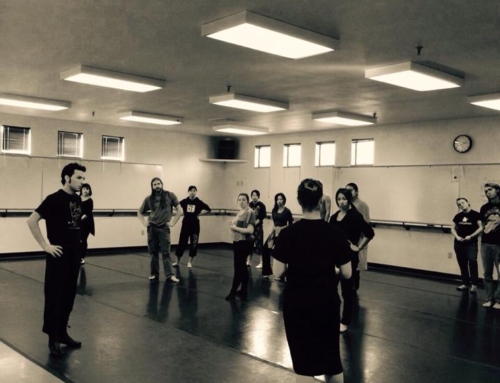
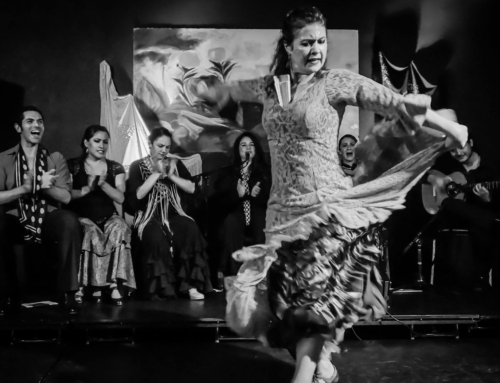



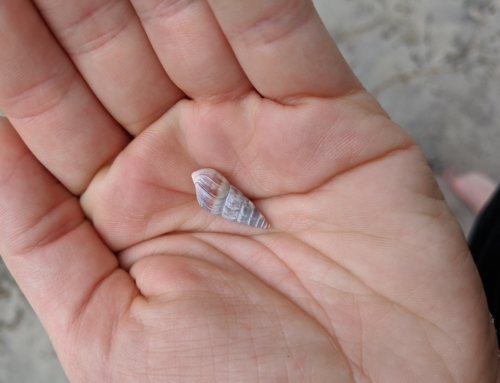
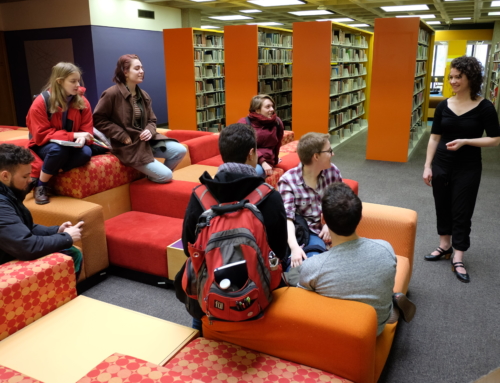
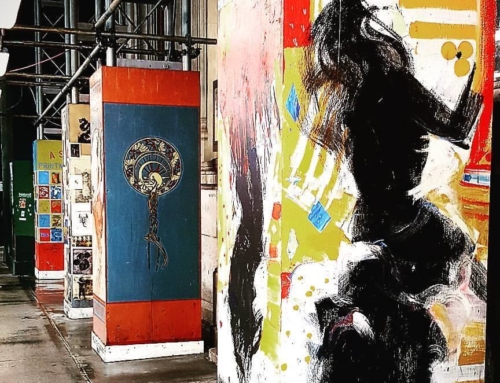
Leave A Comment